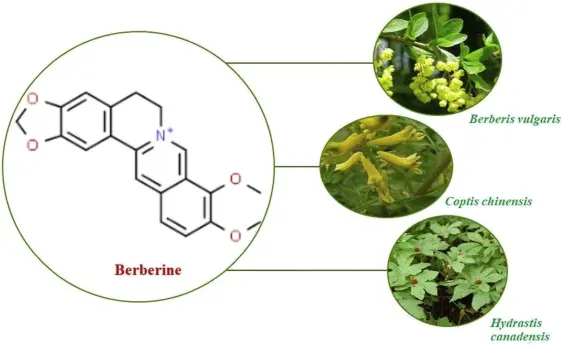Fisetin: A Natural Breakthrough in Arterial Health and Aging Reversal
Fisetin, a flavonoid found in various fruits and vegetables like strawberries and cucumbers, has emerged as a promising senolytic compound. Recent studies published in EBioMedicine and Aging Cell highlight its potential to combat cellular senescence, enhance arterial function, and extend lifespan. Its ability to selectively clear senescent cells and mitigate oxidative stress offers a groundbreaking approach to age-related health challenges.

1. Fisetin: The Most Effective Senolytic Compound
In a study involving ten flavonoid compounds, fisetin stood out as the most effective anti-aging agent. Acute or intermittent fisetin treatments in progeroid and aged mice significantly reduced markers of senescence across multiple tissues. The flavonoid also decreased the burden of senescent cells in human and mouse adipose tissues, demonstrating its cell-type specificity. Notably, late-life fisetin interventions restored tissue homeostasis, reduced age-associated pathologies, and extended both median and maximum lifespan in wild-type mice.
These findings underscore fisetin’s superiority over other senolytics like quercetin, making it a leading candidate for anti-aging therapies.
2. Fisetin’s Role in Arterial Health
Arterial aging is a key contributor to cardiovascular diseases, with cellular senescence and inflammation playing major roles. A study published in Aging Cell demonstrated that intermittent fisetin supplementation improves arterial function in old mice by:
· Reducing senescence-associated secretory phenotype (SASP) factors.
· Enhancing endothelial function through increased nitric oxide (NO) bioavailability.
· Lowering oxidative stress and mitochondrial ROS production.
Fisetin-treated mice showed improved endothelial-dependent dilation (EDD) and reduced arterial stiffness, highlighting its potential to mitigate vascular aging and associated diseases.
3. Cellular and Mitochondrial Stress Reduction
Fisetin effectively reduces both cellular and mitochondrial oxidative stress, critical factors in aging. In aged mouse models, fisetin supplementation:
· Lowered reactive oxygen species (ROS) levels by 1.7 times in the aorta.
· Reduced mitochondrial ROS levels by 2.6 times through upregulation of antioxidant enzymes like MnSOD.
· Decreased expression of pro-oxidant proteins such as phosphorylated p66SHC.
These findings suggest fisetin’s capacity to restore redox balance and improve mitochondrial health, further supporting its role in longevity.
4. Structural Remodeling of Arterial Walls
Fisetin also contributes to arterial remodeling by altering the composition of the arterial wall:
· Decreasing advanced glycation end products (AGEs) and collagen-I abundance, both of which contribute to arterial stiffness.
· Maintaining elastin levels to preserve arterial elasticity.
These structural changes were particularly pronounced in the outer membrane of the arterial wall, where fisetin reduced stiffness without compromising functional integrity.
5. Broader Implications for Anti-Aging Therapies
The benefits of fisetin extend beyond arterial health. Studies have shown its efficacy in:
· Inhibiting vascular smooth muscle cell senescence via the mTORC2-FoxO3a-autophagy signaling pathway.
· Reducing SASP markers like IL-6 and MCP-1, thereby alleviating chronic inflammation.
· Enhancing endothelial function and reducing risks associated with cardiovascular and age-related diseases.
Clinical Translation and Future Directions
Fisetin is already commercially available as a dietary supplement and has been deemed safe for human consumption. Clinical trials are underway to explore its effects on frailty and age-related disorders. These preclinical findings lay the groundwork for using fisetin to address vascular dysfunction, reduce cardiovascular disease risk, and improve overall healthspan.
Conclusion
Fisetin represents a breakthrough in senolytic research, with transformative potential for reversing arterial aging and promoting longevity. Its ability to clear senescent cells, reduce oxidative stress, and remodel arterial walls positions it as a promising tool for age-related health interventions.










